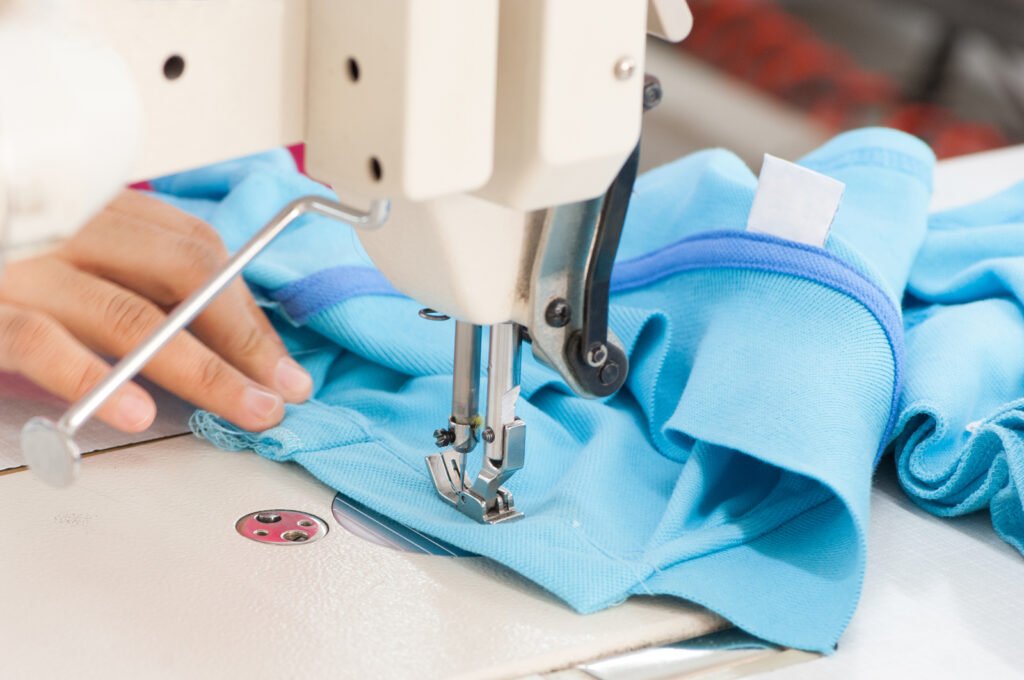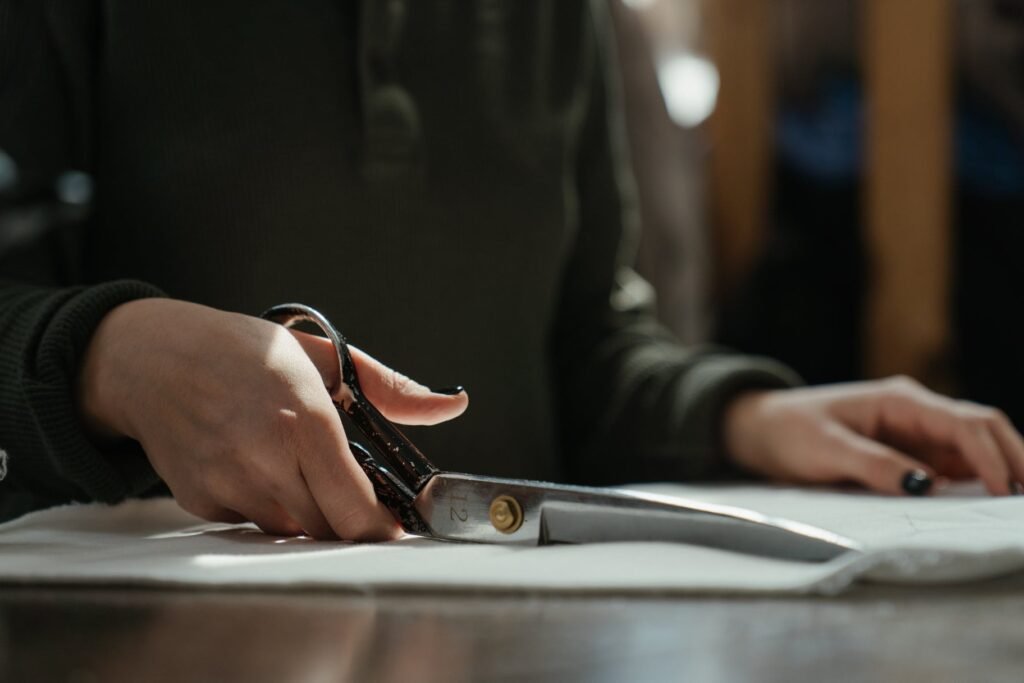Chiffon Fabric: Properties, Background, And Fabric Details Of Chiffon Fabric In 2024
What Is Chiffon Fabric? Chiffon is a unique fabric. It refers to a wide range of fabrics with similar characteristics. This fabric is sheer. That is to say, it is light and semi-transparent. This fabric has a simple weave. It was first identified in the mid-19th century. This fabric’s origin was silk. Thus, it was both expensive and in high demand among upper-class women in European countries. The term “chiffon” is French. It means “cloth” or “rag.” But it denotes any form of shiny, sheer fabric woven in a certain style. Chiffon fabric’s origin is in France. However, it spread all over the world during the Industrial Revolution. They used nylon to create the first non-silk chiffon. They introduced this non-silk chiffon fabric to the public in 1938. Similarly, they introduced a polyester variant of chiffon fabric in 1958. And it is how they produce the majority of the fabric. Chiffon fabric is a very popular fabric these days. People prefer everything from bows and ribbons to wedding gowns in this chiffon fabric. People prefer to wear chiffon all throughout the world. So, consequently, its popularity continues to grow this way. They employed the alternate S-and Z-twist weaving method to make this fabric. Making of Chiffon Fabric Various methods are available to weave this unique type of textile, depending on the used materials. For example, to produce silk, you must raise silkworms, soften cocoons, and reel filaments. On the other hand, fabrics like polyester are entirely synthetic. They produce these fabrics with laboratory-made chemicals. It does not matter which base material the chiffon fabric is made from. Once the textile yarn has been produced, the fabric’s weaving follows a uniform pattern. This type of textile is woven from yarn. It is organized into opposing S-curves and Z-curves and then woven together with a loom or industrial machine. Chiffon fabric is very delicate because they weave it by hand. Chiffon fabric production is generally slow and laborious. Tailors may use sheets of paper on either side of the chiffon during the sewing process. to keep it in place. They do it because of its slippery nature. They rip out the paper gently after finishing the stitching of the full outfit. Usage of Chiffon Fabric People used to prefer this fabric only for making women’s clothing. As this is such a fragile fabric, people don’t prefer it in everyday clothing. Rather, they used to manufacture nightgowns, evening clothes, and blouses for special events. This fabric is semi-transparent, so they best use it to create overlays of outfits with this fabric. Where Is This Fabric Produced? There is a wide variety of chiffon fabrics available on the global market. And it makes it hard to pick a clear winner among all these. It is common for Chinese textile companies to finish the raw silk or cotton used to make these garments before sending them to Chinese companies for finishing. China exports the majority of the finished chiffon fabrics. On the contrary, the silk used for these garments may be made in another country before it is sent to Chinese companies for finishing. Cost of This Fabric The price of this fabric varies based on the material used to make it. For example, Silk chiffon fabric is still the most expensive variety of this textile. It costs more than twice as much as polyester or rayon chiffon fabric. Meanwhile, some customers believe the higher price is justified, but some don’t. Thus, they choose less expensive options such as polyester or cotton chiffon fabric. Different Types of Chiffon Fabrics In terms of style and material, this fabric varies: Environmental Impact of This Fabric? The environmental consequences of its production differ based on the type of material used to make this fabric. Fully synthetic fabrics are more hazardous to the environment than semi-synthetic or organic fabrics. But it’s also crucial to consider the diverse manufacturing procedures employed by different producers. Chiffon is generally made of polyester. But some producers may still use nylon to produce chiffon. Polyester and nylon fabric’s origin is petroleum oil. Petroleum oil is a nonrenewable resource. Petroleum oil collection requires a lot of energy expenditures. And, it is always damaging to the environment and ecosystem. Petroleum oil production is also hazardous to the environment. When they use this chemical to generate nylon and petroleum, it produces a number of byproducts. They can’t completely dispose of those byproducts. Furthermore, nylon and polyester are also non-biodegradable textiles. In other words, they contribute to the massive pile-up of trash in landfills, waterways, and forests around the world. However, when they produce this fabric from silk, the environmental impact is insignificant. Silk manufacturing is environmentally friendly and does not discharge any toxins into the environment. These fabrics are made from silkworm cocoons made by caterpillars, which normally live on mulberry trees. To cultivate these leaves, there is no need for any pesticides or fertilizers. They must boil the silky cocoon in water with the silkworm inside. It kills the worm and releases the silk. Some animal rights activists contend that this practice is inhumane. However, we can’t deny that silk is biodegradable and, overall, environmentally friendly. Looking for any type of chiffon fabric? Are you looking for any bulk and customized production with chiffon fabric? Well, Beautiful Connection Group will be the most reliable clothing manufacturer for you. This manufacturing company is especially suitable for new fashion business owners. They manufacture all types of customized women’s clothes. They work with different types of chiffons available on the market. So, you can check out their website for any further information. They provide the best quality products within a budget. They offer the lowest MOQ as well. So, Beautiful Connection Group will be the best choice for you.
Chiffon Fabric: Properties, Background, And Fabric Details Of Chiffon Fabric In 2024 Read More »



